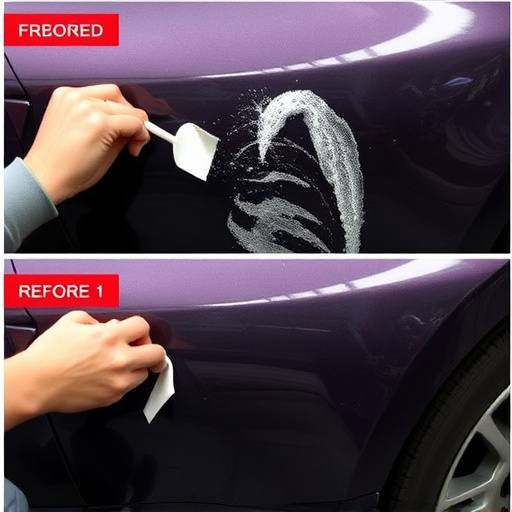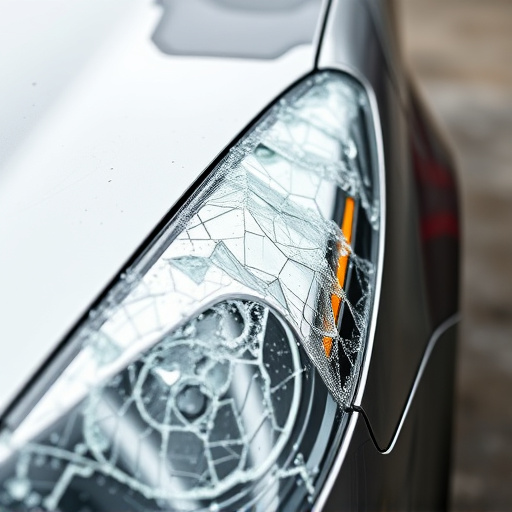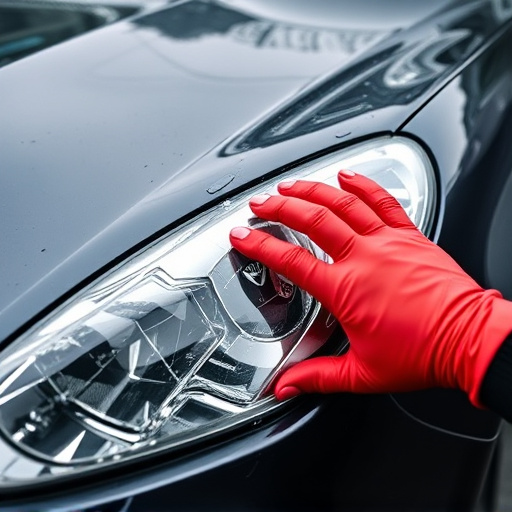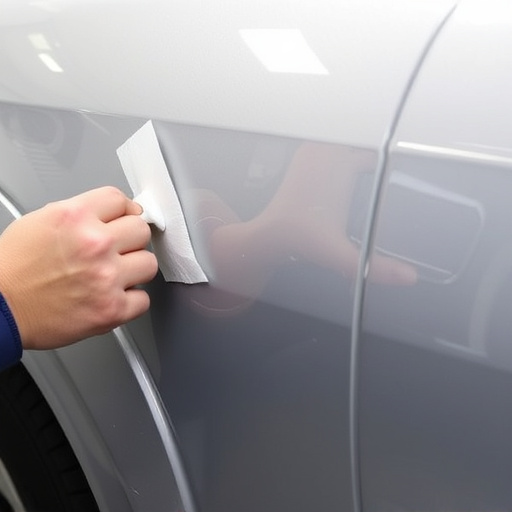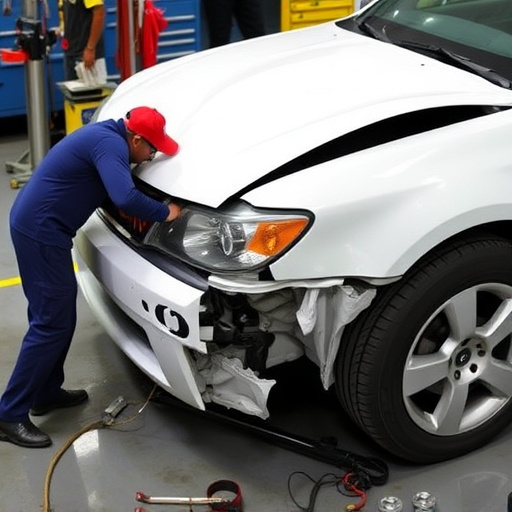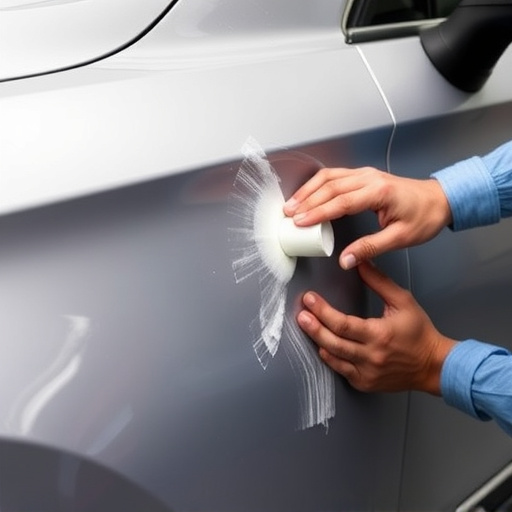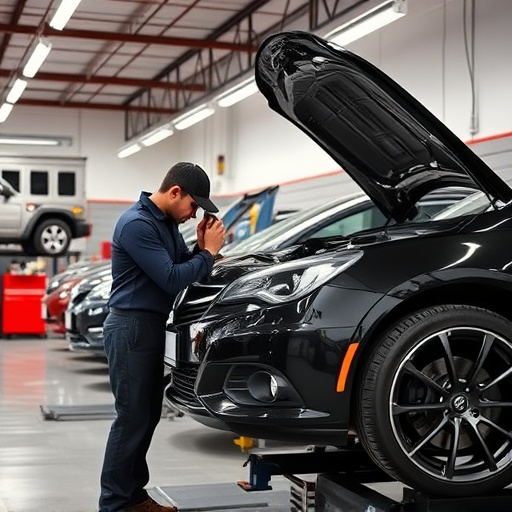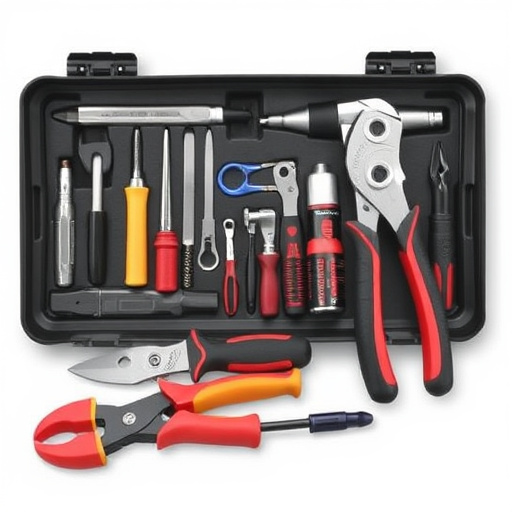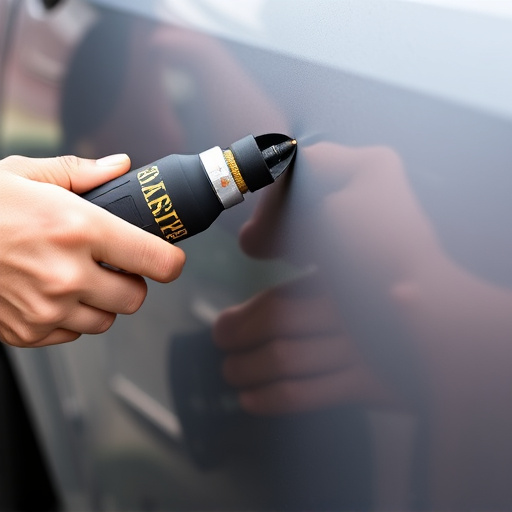Rigorous quality control is essential for top-tier vehicle frame restoration, ensuring structural integrity, safety, and performance by identifying and rectifying imperfections through advanced tools and precise inspections, adhering to manufacturer specs, and minimizing errors for consistent, exceptional results.
In the meticulous art of vehicle frame restoration, quality control is more than a mere checklist—it’s the blueprint for flawless results. As enthusiasts and professionals delve into this intricate process, understanding the vital role of quality control becomes paramount. This comprehensive guide explores why it’s essential, delving into key inspection aspects and effective quality assurance strategies. From ensuring structural integrity to achieving unparalleled precision, these measures are transforming vehicle frame restoration into a symphony of excellence.
- Understanding the Importance of Quality Control
- Key Aspects of Vehicle Frame Inspection
- Implementing Effective Quality Assurance Measures
Understanding the Importance of Quality Control
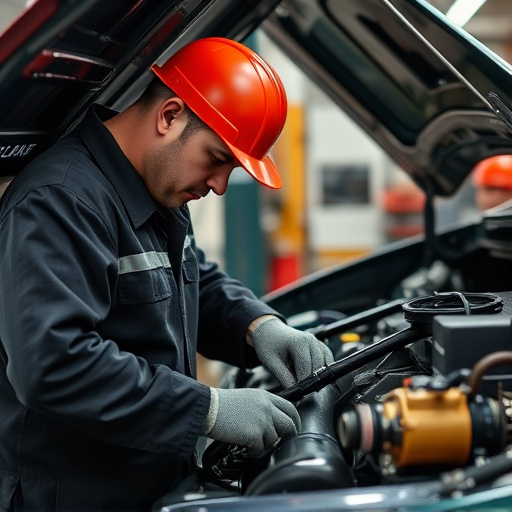
Quality control is an essential aspect of any meticulous vehicle frame restoration process. It involves a series of rigorous inspections and tests designed to ensure that every component of the restored frame meets the highest standards. In the context of vehicle frame restoration, this meticulousness is crucial because the frame is the backbone of any vehicle—its structural integrity determines the safety and performance of the entire car.
A comprehensive quality control process at an auto collision center or car restoration shop ensures that each step of the restoration aligns perfectly with the original design specifications. It helps identify and rectify any imperfections, ensuring a seamless blend of old and new parts. Moreover, it safeguards against potential issues that could arise during the intricate process of frame restoration, ultimately delivering a high-quality, reliable car restoration service to customers.
Key Aspects of Vehicle Frame Inspection
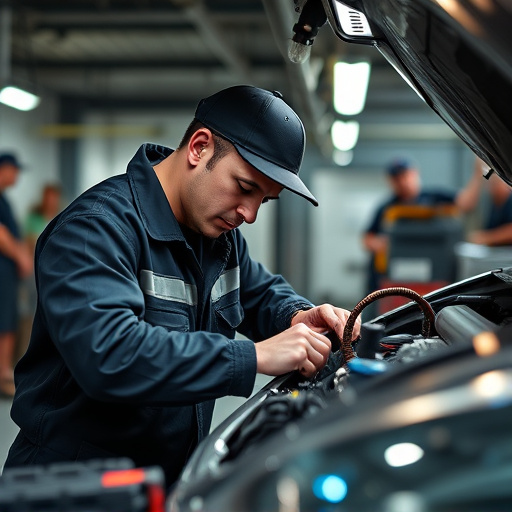
When undertaking vehicle frame restoration work, meticulous inspection is paramount to ensuring the structural integrity and overall quality of the final product. Key aspects of this process involve a comprehensive evaluation of various critical components. First, assess the frame’s overall condition for any signs of significant damage or corrosion, which might necessitate specialized techniques like metal repair or replacement. Secondly, focus on identifying subtle misalignments or deformities that could impact the vehicle’s handling and safety, requiring precise measurements and adjustments.
Furthermore, pay close attention to key structural joints, such as those at the chassis-to-body connections, to verify their security and alignment. This includes inspecting welds for strength and integrity, as well as checking the condition of mounting points for components like axles, suspension systems, and brakes. In the case of fleet repair services or extensive auto body shop work, where fender repair is a common occurrence, ensuring proper frame alignment after such repairs becomes even more critical to prevent future structural issues.
Implementing Effective Quality Assurance Measures
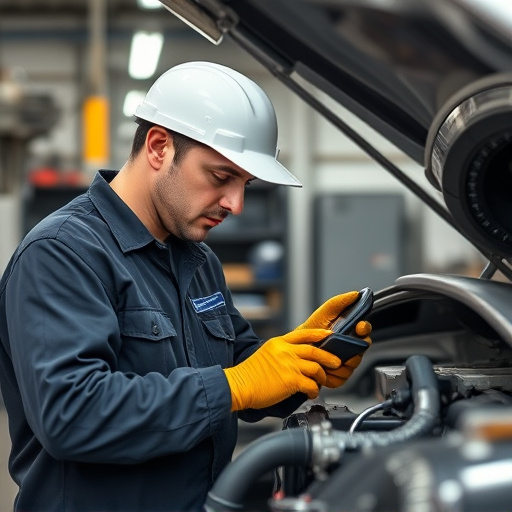
In the meticulous art of vehicle frame restoration, quality control is not merely an option; it’s a cornerstone of excellence. Implementing effective quality assurance measures (QAM) throughout the restoration process ensures that every component, from the structural integrity of the frame to the precise alignment of panels, meets the highest standards. This involves rigorous inspections at each stage, utilizing advanced tools and techniques to detect even the slightest imperfections.
A robust QAM system incorporates various strategies specific to vehicle frame restoration, such as utilizing specialized equipment for measurement and angle accuracy, implementing strict adherence to manufacturer specifications, and employing standardized protocols for documentation and record-keeping. Integrating these measures not only safeguards against errors but also fosters consistency in the car body repair process, ultimately delivering a restored vehicle with exceptional structural integrity and aesthetic appeal—a true testament to the art of car paint services and vehicle body repair when done right.
Quality control is not just a step in the process; it’s the cornerstone of successful vehicle frame restoration work. By meticulously inspecting frames, implementing robust quality assurance measures, and maintaining consistent standards, restorers can ensure that each restored vehicle meets the highest criteria for safety and durability. This commitment to excellence is what transforms a mere repair into an art form, ensuring that every vehicle not only drives but captivates on the road. For those dedicated to vehicle frame restoration, embracing rigorous quality control is the key to crafting timeless, reliable rides.

